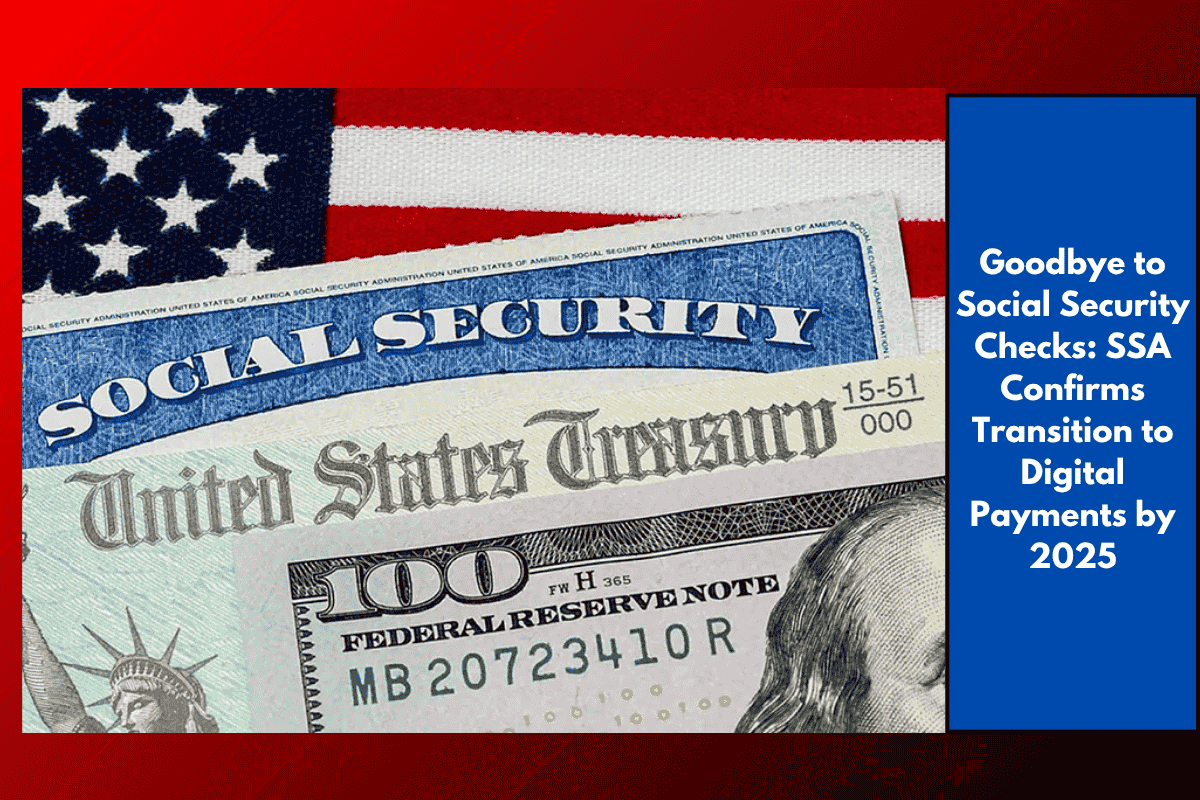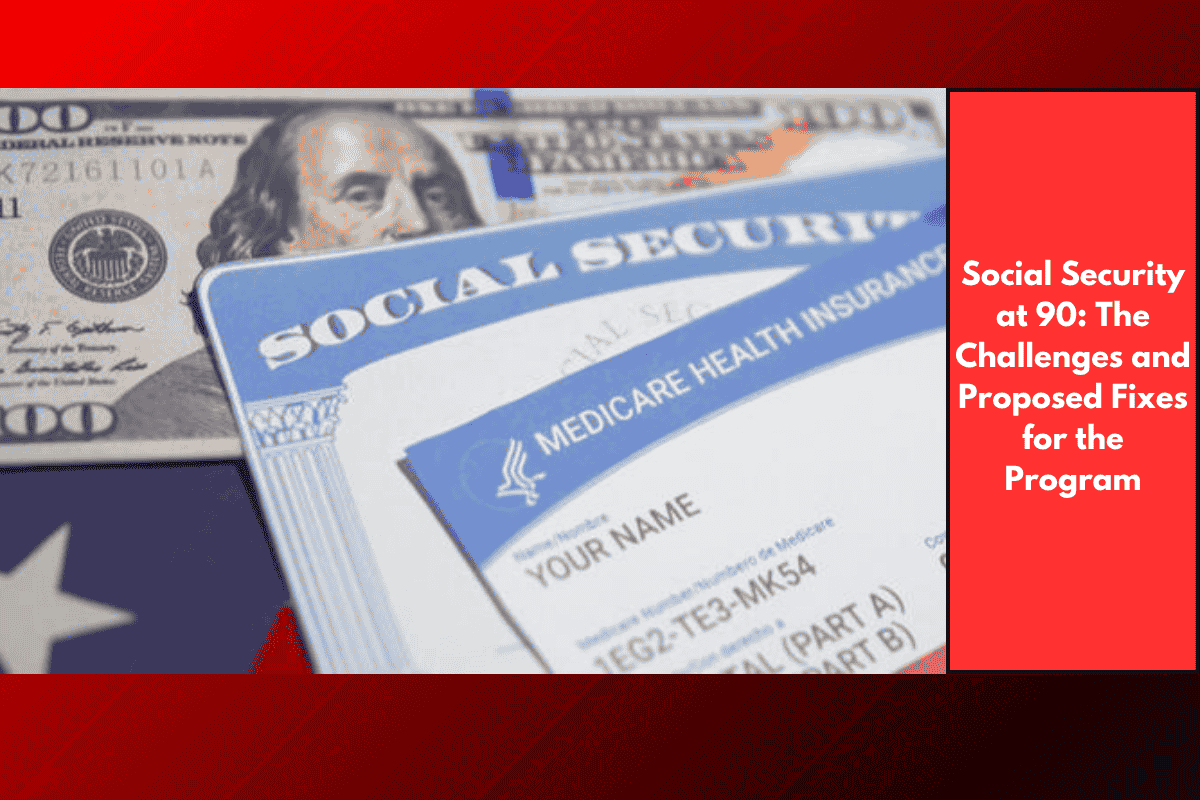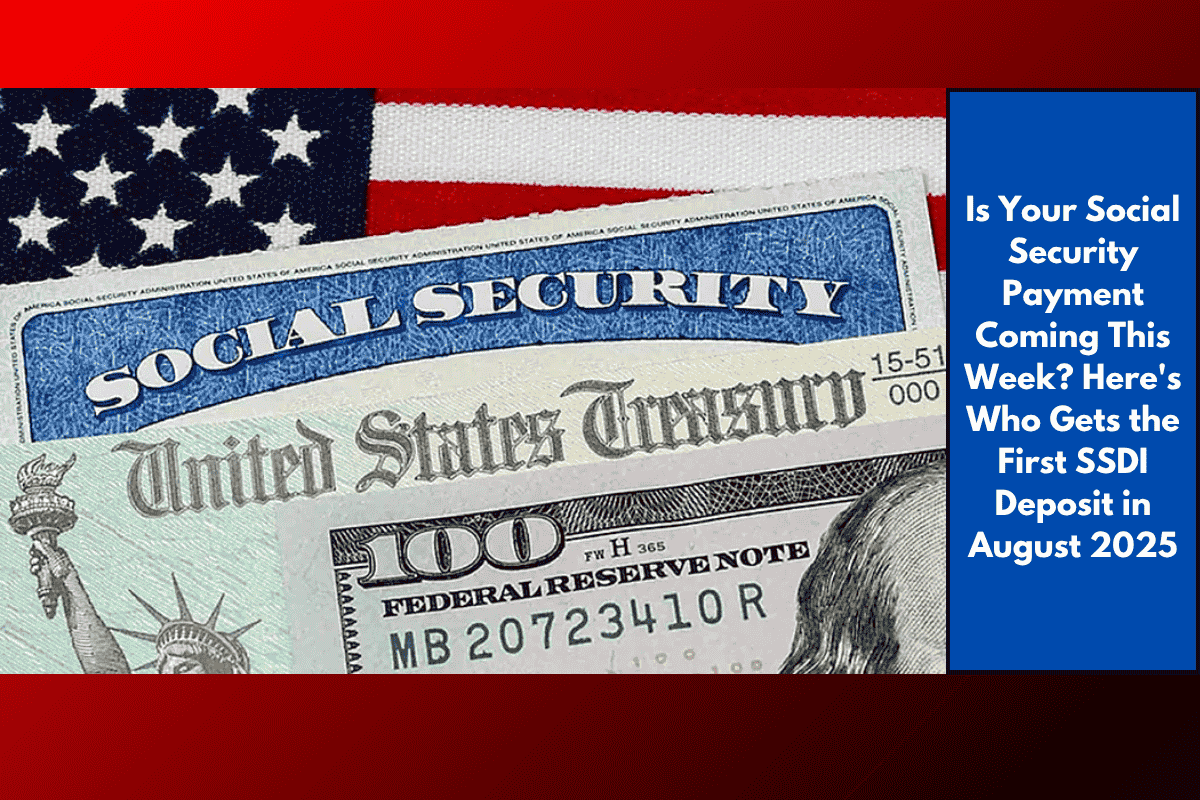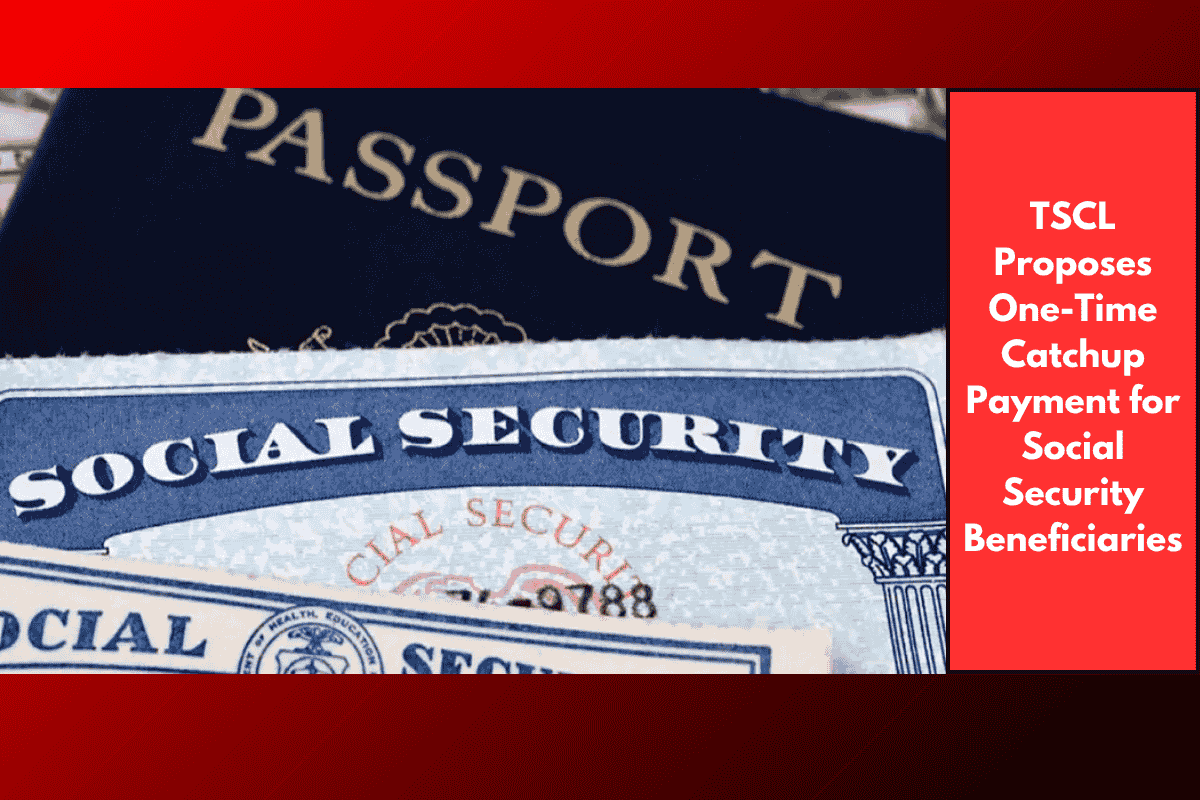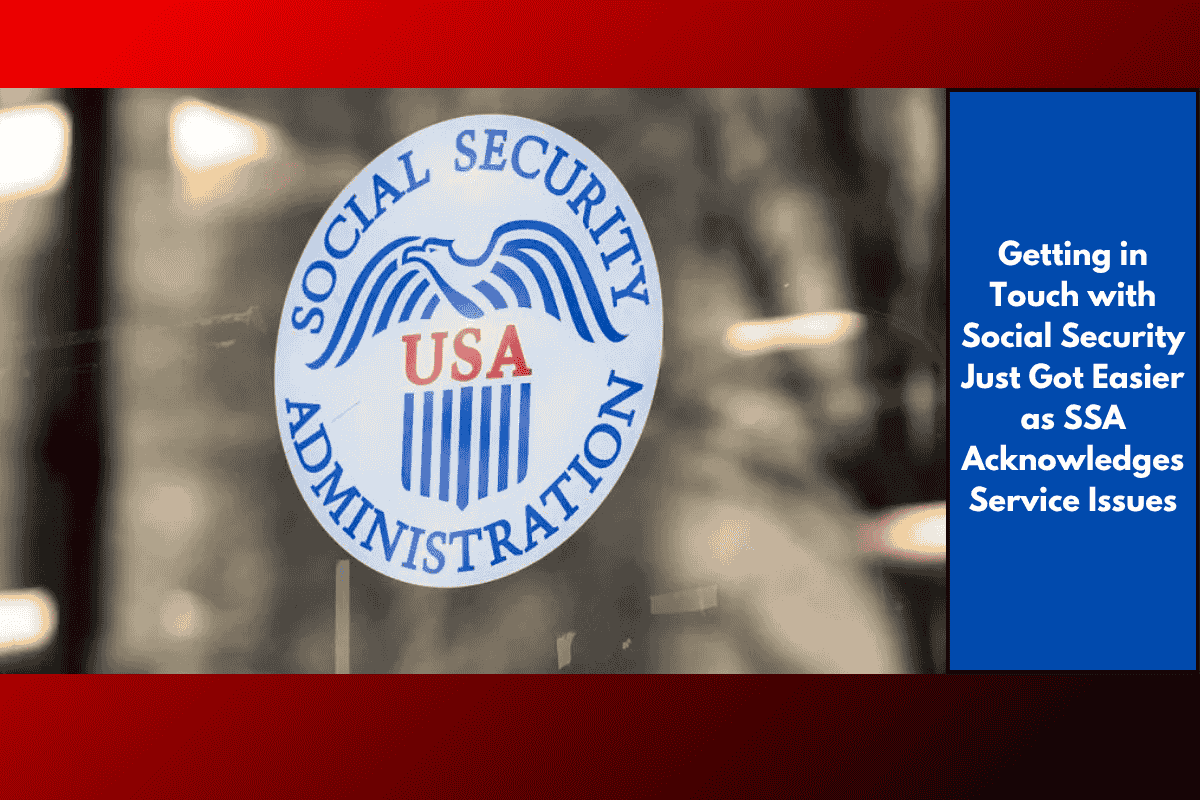A major shift is on the horizon for how Social Security and other federal benefits are paid out in the United States. In line with an executive order mandating the end of paper-based payments, the U.S. government is moving to transition all federal disbursements to digital formats by September 30, 2025.
While the majority of Social Security recipients already use direct deposit, this change will significantly affect the hundreds of thousands of Americans who still rely on traditional paper checks.
Why Is the Transition Happening?
In March 2023, President Donald Trump issued the “Modernizing Payments To and From America’s Bank Account” executive order. This move is designed to improve payment efficiency, reduce fraud, and modernize the federal disbursement system.
The executive order mandates that all federal payments be made through digital platforms, such as:
Direct deposit
Debit or credit card transfers
Digital wallets
Real-time payment services or other approved electronic payment methods
The shift to digital payments is seen as necessary because these platforms are faster and more secure compared to paper checks. Additionally, the U.S. Treasury reports that mail theft complaints have surged since the COVID-19 pandemic, and Treasury-issued checks are 16 times more likely to be reported as lost, stolen, altered, or undeliverable than electronic funds transfers (EFTs).
What’s at Stake for the Remaining Paper Check Users?
Although 99% of Social Security recipients are already receiving benefits electronically, there are still approximately 500,000 Americans who rely on paper checks. This 1% may seem small, but it represents a vulnerable group that often lacks easy access to digital infrastructure. Many of these individuals are:
Seniors who may not have smartphones or internet access.
Disabled individuals who have limited mobility or access to digital platforms.
Rural residents who live in areas with few banking services or limited connectivity.
In 2023, the Federal Deposit Insurance Corporation (FDIC) reported that about 4.2% of U.S. households (approximately 5.6 million households) were unbanked, meaning they don’t have access to a bank account and therefore rely on traditional check-based payments.
Potential Challenges and Concerns
The transition to digital payments, while efficient, raises concerns among advocates and community leaders. They worry that individuals who are unbanked or have limited digital access will face difficulties in navigating a fully digital financial system. Seniors, in particular, may struggle to set up digital wallets or prepaid cards without assistance.
Additionally, there are concerns about how those without smartphones, internet access, or computer literacy will be able to transition to digital systems without adequate support.
SSA’s Plan to Assist the Transition
The Social Security Administration (SSA) is expected to assist affected recipients in making the switch. Plans for outreach and education are underway, including potential partnerships with banks, credit unions, and nonprofits to offer financial counseling and help people set up direct deposits or debit accounts.
Government’s Efforts to Support Transition
Federal agencies recognize that the digital transition will not be seamless for everyone, particularly for individuals who lack access to necessary technology or support. As the September 2025 deadline approaches, federal agencies are encouraged to develop support systems that can ease the transition for those who need it most.
What Does This Mean for You?
If you are among the 500,000 Social Security recipients who still receive paper checks, it’s important to prepare for the upcoming transition. The SSA and other organizations will provide resources, and you may need to take steps to set up direct deposit or another digital payment option before the 2025 deadline.

